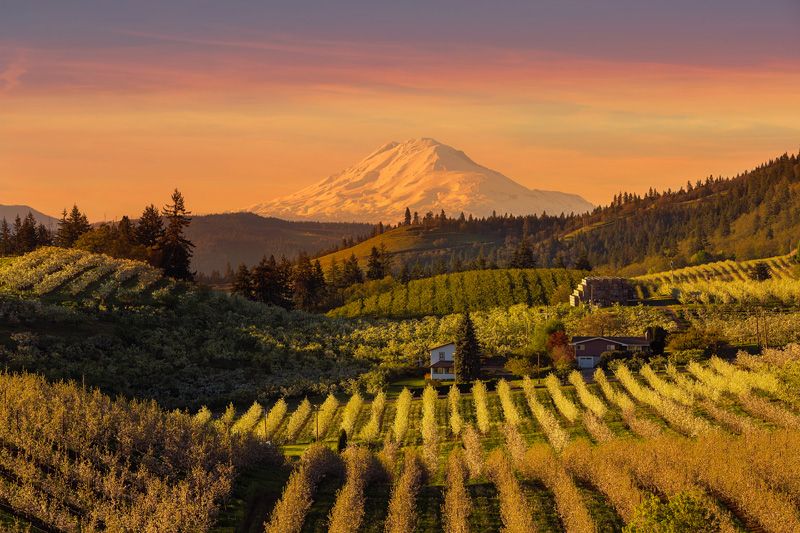
Fruit Trees in Northwest USA
Fruit Trees in Northwest USA
You know which fruit tastes most delicious of all. The fruit you have grown by yourself in your backyard. Nothing could be more delicious than that fruit. Especially if you are living in Northwest USA, its mild, humid climate is so suitable to grow many fruit trees that you can easily grow your own fruit trees and enjoy your own home grown fruits. All you need is a little bit of know-how about the tree that can be grown, some time to plant it in your backyard. Yeah, it needs some technicalities to choose and plant fruit trees but believes me, it’s not that difficult that you are not taking action. Choosing the right fruit trees according to your climate is the key to your success. Northwest climate allows most of the fruit trees to grow. Fruit trees not only give you production but also add an artistic and ornamental effect to your garden. So, let’s take a look at the climate of Northwest USA and the types of trees that can be grown there.
The climate of Northwest USA:
Northwest receives plenty of rainfall and therefore famous for its pleasant and rainy weather. Winters are very cold and wet due to rainfalls, while summers are also pleasant with certain humidity in the air. Summers are not too hot or dry. So choose those fruit trees that can withstand the climate of the Northwest USA and also give you much fruit production. But its climate and soil are suited to grow many types of fruit. It is best to choose the varieties that are diseases resistant also. The cold weather of the Northwest limits the varieties of fruit trees, but still, there is a long list of fruit trees that you can grow.
Tips to Grow Fruit Trees:
- Choose a location that receives a minimum of eight hours of full sunlight each day because fruit trees need that to survive and produce.
- Be sure that the height is not limited by any structure such as buildings, bridges, or any other tree. It will restrict the trees from reaching their maximum size.
- Choose the trees according to your climate, therefore know your regional climate first, and then decided the fruit trees to plant.
- Prepare your soil and dig the hole in it before bringing the plant from the nursery.
- Fruit trees can be of three types depending upon their sizes upon maturing:
- Dwarf:They grow up to 8-10 ft and are less productive.
- Semi-Dwarf:They can grow up to 10-15 ft and give more production than dwarf trees.
- Standard:Their height can reach up to 20 ft and even more and are the most productive ones.
- Search that if your trees are self-pollinating or not. In this case, if your trees are cross-pollinating, you will need two same types of trees to get fruits.
- For most fruit trees, moist and well-drained soil is best.
- Choose diseases and insect-resistant varieties so that you don’t have to spend much money on sprays.
- Fruit trees need at least 6 hours of sunlight during their growing season. Therefore, select the spot which receives at least 6 hours of daily sunlight.
- Choose well-drained soil for the plantation as standing water can cause and spread diseases.
- Pear:
- Apples
- Peach
- Cherry:
- Fig Trees:
